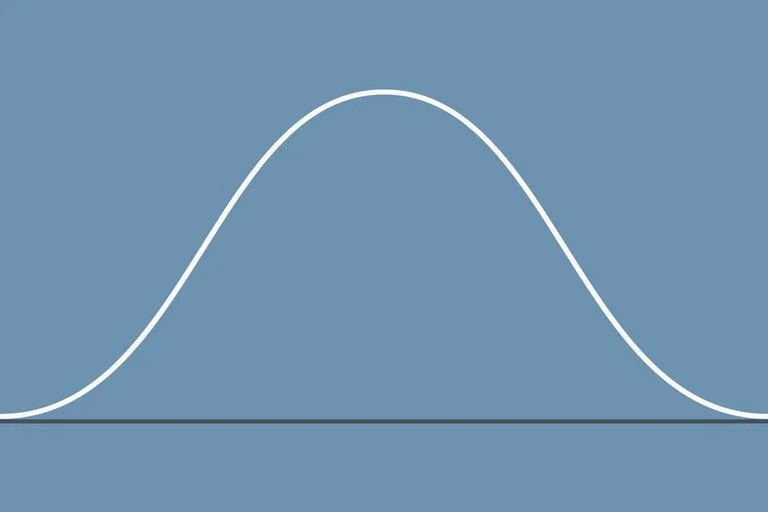THE EXCEPTIONALS
The bell curve. You've heard of it. It's how doctors, teachers, and psychologists measure traits like height, weight, growth, test scores, and intelligence compared to the general population. Perhaps you recall when your high school teacher announced that a test would be "weighted". Depending on your grasp of the subject and how well you studied, you either groaned or cheered. Likewise as a parent of a young child during an annual checkup, the news of your son or daughter being at either end of the height or weight spectrum could cause pride or concern depending on how you feltl about either trait.
In the case of an emotionally charged bell curve rating such as "intelligence quotient" (IQ), there is an awe and envy of anyone who falls in the upper 90th percentile and a generalized hope that one of our loved ones does not fall into the lowest 10%. And yet upon closer inspection, we'd probably find an individual prone to isolation in the upper group, and someone surrounded by love and support in the lowest. With this insight in hand, the balance of being somewhere in the middle feels safe and good enough for most of us.
Herein lies the paradox of average versus exceptional. Although being a stand-out can feel desirable, being in the middle of the pack ensures strength in numbers, affirmation of being one of the clan, and a sense of safety. And likewise, to be exceptional on either end of the spectrum elicits awe or concern, but still deposits a person on the periphery . . . in terms of the sheer number of people who can be related to.
What kinds of traits can place a person into this definition of being exceptional?
- High intelligence
- Cognitive disability
- Social awkwardness
- Mental illness
- Emotional sensitivities
- Big-hearted/small-minded
- Life-threatening/chronic/terminal illness
- Survivor/warrior status
- Extreme wealth/poverty
- Physical/sensory impairment
- Head-turning attractiveness/unattractiveness
- Excess/insufficient weight
- Disordered eating
- . . . insert another peripheral trait
Although comfortable and normalized, the middle of the bell curve also has its limits. Besides being inherently defined by the outliers . . . the qualities of life that give color to our dreams and stretch our definitions of reality come from the tension created through the lives of those who live on the edges of acceptability.
Here's what you don't want to do with an exceptional person . . . ignore them.
Instead . . . ask him how he feels . . . or what brings her joy . . . and how you can help him or her today.
In return you will learn how vibrant life can be when you reach out to those who do not belong.
My life is made richer by the fabric of those who color it. I choose to surround myself with people who fall outside the bell curve in at least one way. These are the exceptional people who help me grow and fully love . . . in my family . . . as my friends . . . throughout my community . . . and in the world.
I welcome anyone in my gym who feels unwelcome in another. Your vulnerabilities are a strength in my walls. Please come schedule a time to tell me how I can help you.
- Coach Rebecca

